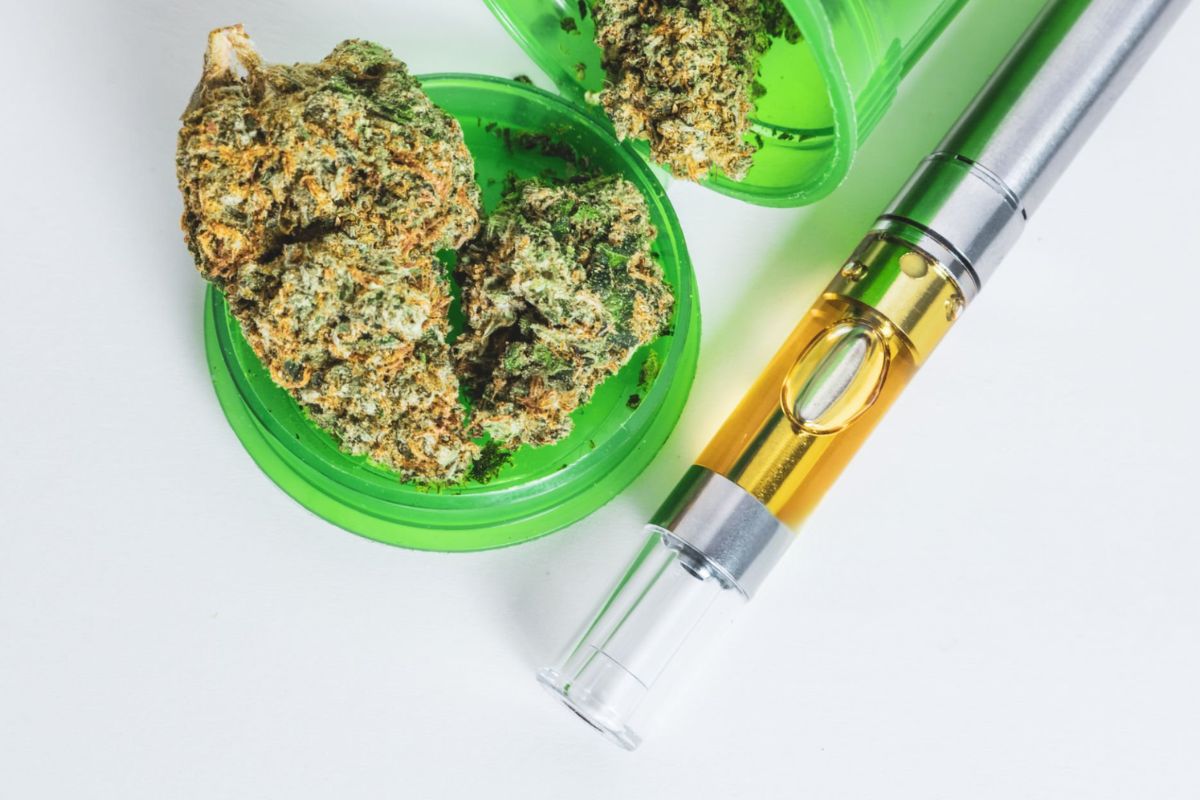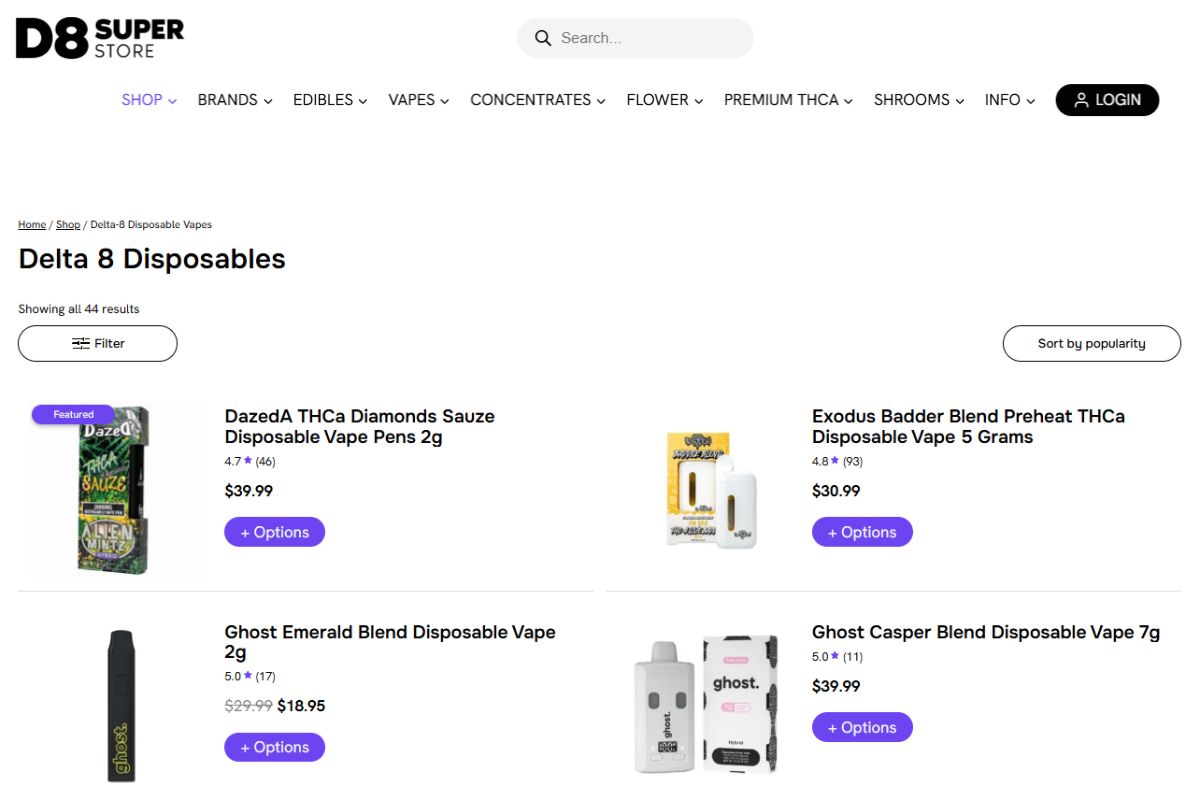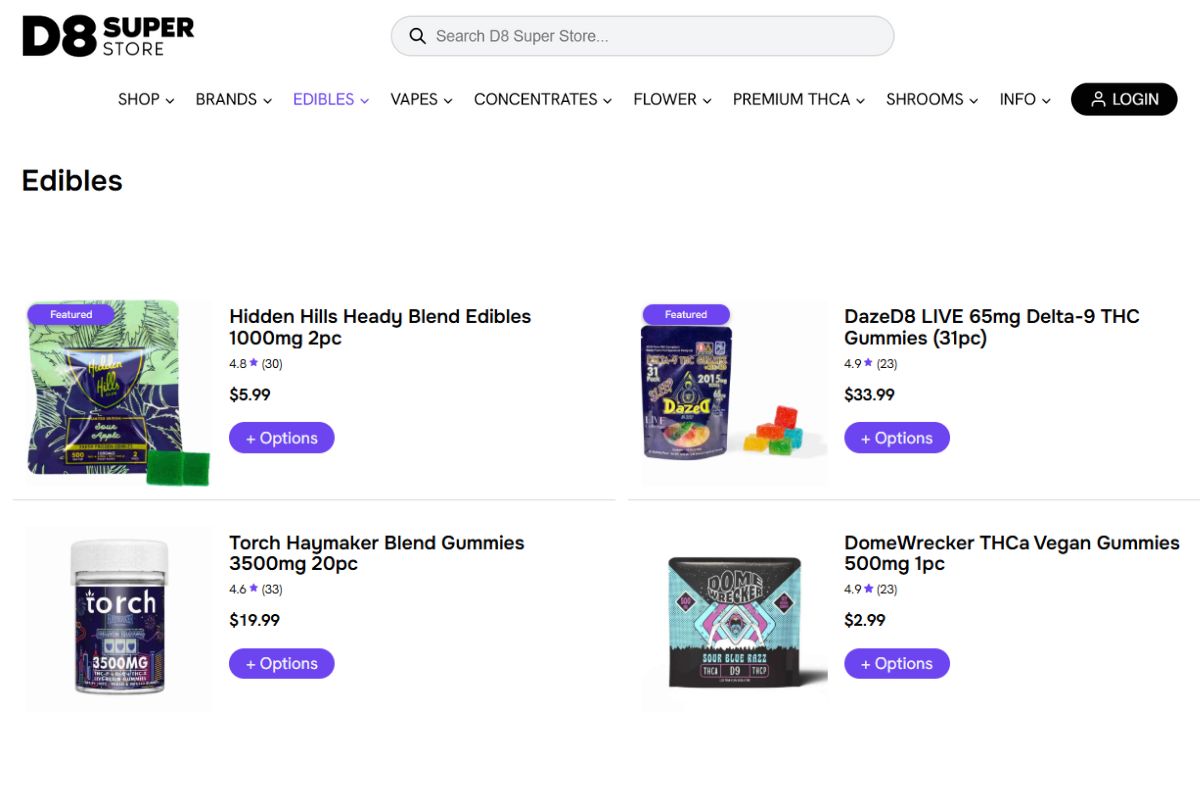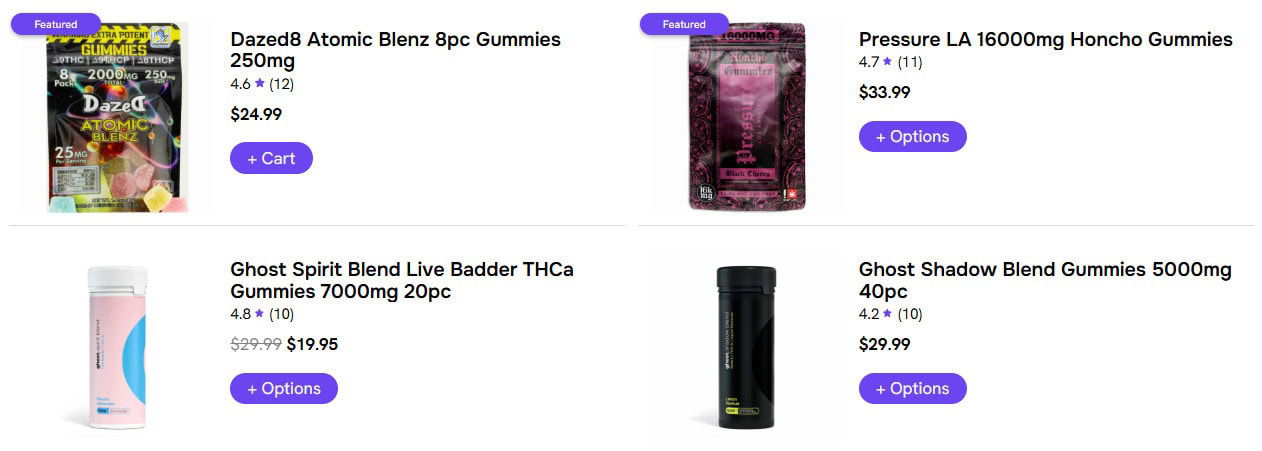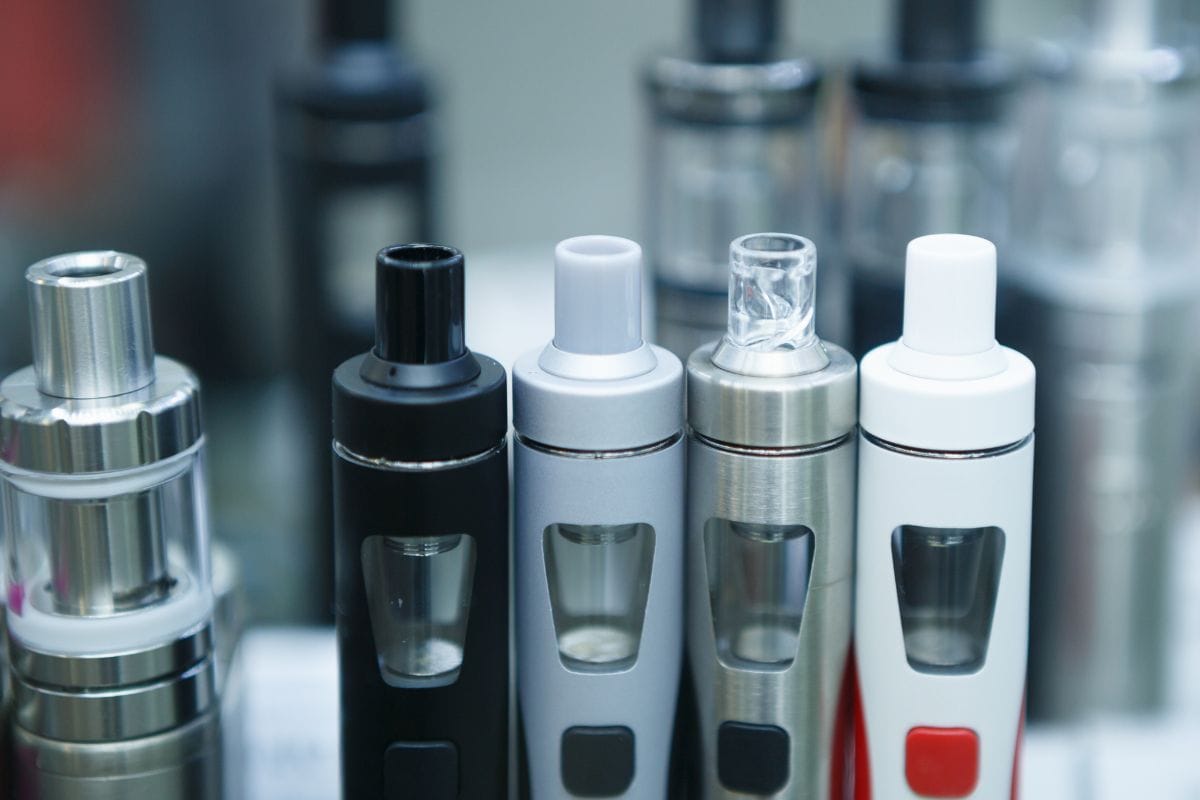Are Carts Healthier Than Bud? A Comparative Look at Cannabis Choices
As cannabis consumption enters more and more into the mainstream, many users wonder if carts are truly healthier than bud. With vaping’s rise as a smokeless alternative, health-conscious cannabis users are moved to compare risks like lung irritation, contaminants, and potency.
- Introduction to Cannabis Consumption
- Risks of Smoking Cannabis
- Cannabis Vaping as an Alternative
- Health Effects of Vaping Marijuana
- Vaping Nicotine vs Cannabis
- Mental Health Considerations
- Types of Cannabis Products
- Benefits and Drawbacks of Carts
- Safer Consumption Methods
- Regulation and Quality Control
- Edibles and Ingestible Cannabis Products
- Topicals and Transdermal Cannabis Products
- Cannabis Dosing and Tolerance
- Contaminants and Product Labeling
In this article, we’ll explore a bunch of key factors, from respiratory effects to product safety, which can help you decide which option aligns with your wellness goals. We’ll also compare the health implications, risks, and benefits of cannabis carts versus traditional flower.
Introduction to Cannabis Consumption

Cannabis consumption is gaining widespread popularity, thanks to the growing variety of available methods such as smoking cannabis, vaping cannabis, and using cannabis oil. The cannabis plant is rich in chemical compounds known as cannabinoids—over 100 have been identified, with THC and CBD being the most prominent. These cannabinoids interact with the body in distinct ways, influencing everything from mood to pain perception.
Understanding the different methods of cannabis consumption is essential for making informed decisions about potential health benefits and risks. Consumers today can choose from a broad range of cannabis products, including cannabis flower, vape pens, and e-cigarettes, each offering a unique experience and onset time.
The National Academies Press has released comprehensive studies on the health effects of cannabis use, underscoring both the therapeutic potential and the need for continued scientific research into long-term impacts and safety.
Risks of Smoking Cannabis
Smoking cannabis often referred to as smoking marijuana or smoking weed carries a range of potential health risks, particularly concerning respiratory function and lung health. Regular cannabis smoking can irritate the lungs, leading to chronic bronchitis-like symptoms such as persistent cough, phlegm production, and wheezing.
Similar to smoking cigarettes, inhaling combusted plant material introduces harmful substances into the lungs. Cannabis smoke contains many of the same toxins and carcinogens found in tobacco smoke, including carbon monoxide, tar, and heavy metals. These by-products can contribute to lung injury and long-term respiratory complications.
The U.S. Food and Drug Administration (FDA) has issued warnings about the health risks associated with smoking cannabis, especially for individuals who also smoke tobacco. The combined use of both substances may amplify respiratory harm and further complicate long-term outcomes.
In addition to physical health concerns, researchers have linked cannabis smoking to an increased risk of addiction and the development of other substance use disorders. While not all users develop dependency, regular smoking can alter brain chemistry in ways that promote habitual use and psychological dependence.
Cannabis Vaping as an Alternative
Cannabis vaping, including vaping marijuana has gained popularity as a potentially safer alternative to smoking cannabis. Many users turn to vape devices, such as vape pens and e-cigarettes, to reduce their exposure to harmful combustion by-products commonly associated with traditional smoking.
Vaping cannabis may lower the risk of certain respiratory symptoms and lung health problems by avoiding the inhalation of smoke. However, it is not without risks. Studies have shown that vaping can still expose users to dangerous substances, including vitamin E acetate, a chemical additive linked to serious lung injuries in vape-related illness outbreaks.
Public health agencies, including the Centers for Disease Control and Prevention (CDC), have issued warnings about the health risks of cannabis vaping, particularly for adolescents and young adults. The developing lungs and brains of younger users may be more vulnerable to harm from vaping-related toxins and high-potency cannabis concentrates.
While vaping may reduce some of the risks associated with smoking, it is not risk-free. Ongoing research is essential to fully understand the long-term health effects of cannabis vaping and to guide safe consumption practices.
Health Effects of Vaping Marijuana
Vaping marijuana also known as vaped cannabis can pose significant health risks, particularly to the lungs and respiratory system. While often perceived as a cleaner alternative to smoking, cannabis vaping has been associated with cases of lung damage, including conditions like EVALI (e-cigarette or vaping use-associated lung injury).
The health effects of vaping marijuana can mirror those observed with cigarette smoking, including respiratory symptoms such as coughing, chest pain, and shortness of breath. In some instances, inhalation of certain additives and contaminants found in vape cartridges can intensify these effects.
Beyond physical health concerns, cannabis users who vape marijuana may also face mental health risks. Some studies suggest that regular use of high-potency cannabis concentrates through vaping may contribute to the development or worsening of anxiety, depression, and other mood disorders.
The National Academies Press has documented the health impacts of vaping marijuana, emphasizing the urgent need for further scientific investigation into both short- and long-term consequences. As the market for cannabis vape products grows, understanding the full range of effects becomes increasingly important.
Interestingly, researchers have also noted that vaping marijuana can deliver a distinct user experience, sometimes enhancing the entourage effect, a phenomenon where various cannabinoids and terpenes work synergistically to produce broader therapeutic effects. However, more clinical studies are required to validate these findings and determine their implications for health and safety.
Vaping Nicotine vs Cannabis
| Aspect | Vaping Nicotine | Vaping Cannabis |
|---|---|---|
| Main Purpose | Delivers nicotine for stimulation or addiction management | Delivers THC/CBD for relaxation, pain relief, or recreation |
| Common Devices | Vape pens, pods, mods | THC vape carts, dry herb vaporizers, dab pens |
| Primary Effects | Alertness, mild euphoria, increased heart rate | Relaxation, euphoria, altered perception |
| Addiction Potential | High (nicotine is addictive) | Moderate to high (THC can be habit-forming) |
| Health Concerns | Lung irritation, cardiovascular issues | Lung irritation, short-term memory impact |
| Legal Status (U.S.) | Legal for adults 21+ | Varies by state; federally illegal for recreational THC |
| Smell | Fruity, tobacco-like | Herbal, pungent (depending on strain) |
| Social Acceptance | Widely accepted but controversial due to youth usage | Mixed—more accepted in legal states |
| Regulation | Regulated by FDA | Regulated state-by-state |
| Tolerance Buildup | Fast—users may need stronger doses over time | Varies by usage frequency and dosage |
Here’s a refined and balanced version of your “Vaping Nicotine vs Cannabis” section—concise yet informative, with improved flow and clarity:
Vaping Nicotine vs Cannabis
Vaping nicotine—commonly through e-cigarettes or vape pens—is widely associated with addiction, particularly among adolescents. Nicotine can interfere with brain development, and long-term use has been linked to cardiovascular issues and lung damage.
Vaping cannabis introduces different risks. While it lacks nicotine, it can still cause respiratory symptoms and lung injury, especially when harmful additives like vitamin E acetate are present in vape cartridges. The effects may vary based on the product’s composition and the frequency of use.
Although both nicotine and cannabis vaping pose health concerns, direct comparisons are still under investigation. The FDA has issued warnings for both practices, with heightened concern for youth exposure and product safety.
Some studies suggest that vaping cannabis could pose a greater risk to lung health than vaping nicotine, but further research is needed to confirm these findings and understand the long-term implications of each. Would you like to add a short sidebar or note on youth usage trends or legal differences between cannabis and nicotine vape products?
Vaping nicotine, often through e-cigarettes or vape pens, is known to cause addiction and health issues, particularly in young people. Nicotine affects brain development and has been linked to heart and lung problems.
Vaping cannabis—including vaping marijuana—carries different risks. While it doesn’t contain nicotine, it can still lead to lung damage and respiratory symptoms, especially when additives like vitamin E acetate are present.
The health effects of vaping nicotine versus cannabis are not fully understood and require further study. The FDA has warned about the dangers of both, highlighting concerns for adolescents. Some researchers suggest that vaping cannabis may be more harmful to lung health than vaping nicotine, but more evidence is needed to draw clear conclusions.
Mental Health Considerations
Cannabis use including smoking cannabis and vaping cannabis has been linked to various mental health issues, such as anxiety, depression, and increased risk o f mood disorders. These effects can vary based on the type of cannabis product used, dosage, frequency, and an individual’s underlying mental health history.
Research indicates that cannabis use may also increase vulnerability to other substance use disorders, including nicotine addiction, particularly among frequent users and adolescents.
The National Academies Press has released studies emphasizing the connection between cannabis use and mental health risks, calling for more comprehensive research to understand these relationships fully.
Cannabis users should be mindful of potential mental health impacts and consider strategies to reduce harm, especially if they have a personal or family history of mental illness.
Types of Cannabis Products
good stuff favorite strain different strain compared, study found, smokers, taste, taste, flower, safer than smoking, future studies, over a decade, disease control, public health,
Cannabis products such as cannabis flower, vape pens, and e-cigarettes differ widely in their composition, effects, and associated health risks. Understanding these differences is essential for safe and informed use.
Different strains of cannabis, such as sativa, indica, and hybrids, can produce varying effects ranging from energizing to calming, which may influence a user’s experience and potential health outcomes. Strains like sativa and indica may produce distinct physical and mental effects, ranging from increased energy to deep relaxation, and can carry varying risks depending on the user’s health and consumption habits.
Researchers have found that some cannabis products may contain harmful contaminants, including heavy metals, pesticides, and residual solvents. These substances can pose serious health threats, particularly when inhaled or consumed regularly.
The FDA has issued warnings about the dangers of contaminated or unregulated cannabis products, urging consumers to be cautious about product quality and sourcing.
Benefits and Drawbacks of Carts
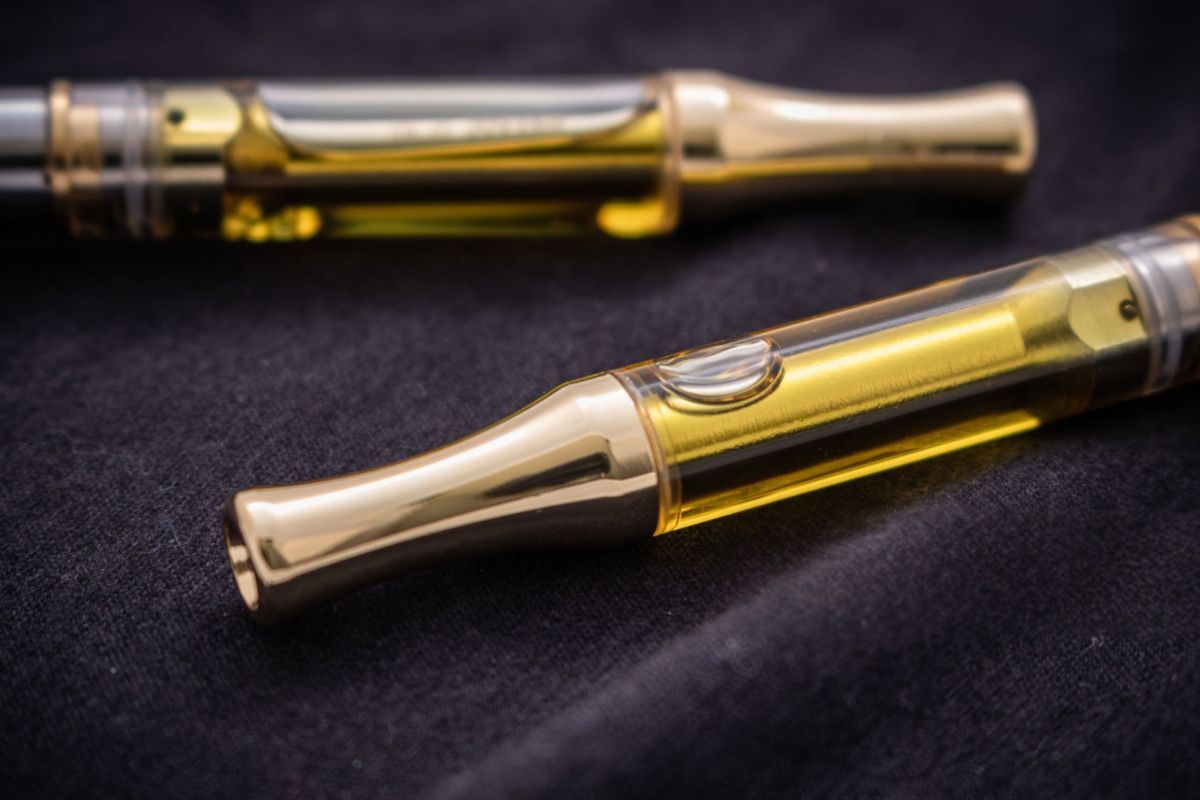
Carts short for cartridges used in vape pens and e-cigarettes offer a convenient and discreet method for consuming cannabis. They are often favored for their portability, ease of use, and reduced odor compared to smoking cannabis flower. When used responsibly, certain cannabis products can offer an enjoyable experience, especially when users are informed about dosage, product type, and method of consumption.
However, despite these advantages, carts are not without risks. Vaping cannabis can lead to lung damage, respiratory symptoms, and exposure to potentially harmful substances, especially if the product is unregulated or contaminated.
While some researchers suggest that carts may be a safer alternative to traditional smoking, the long-term health effects of cannabis vaping are still not fully understood. Ingredients like thinning agents or additives can pose additional health concerns.
Cannabis users should weigh the benefits and drawbacks of carts carefully and choose products from reputable sources. Being informed and cautious can help reduce health risks while still allowing for an effective cannabis experience.
Safer Consumption Methods
Safer consumption methods such as vaping cannabis and using cannabis oil can help reduce some of the health risks linked to smoking cannabis, including exposure to harmful combustion by-products.
However, these alternatives are not entirely risk-free. Vaping and cannabis oil use can still cause lung irritation, respiratory symptoms, and potential exposure to contaminants if products are unregulated or contaminated. Inhaling cannabis whether through smoking or vaping can introduce harmful substances into the lungs, potentially leading to respiratory symptoms and long-term health effects.
Cannabis users should understand both the benefits and limitations of safer consumption methods and take precautions to minimize health risks, including sourcing products from reputable manufacturers.
Research indicates that these methods can be effective in lowering certain harms associated with cannabis use. At the same time, the FDA emphasizes the importance of avoiding contaminated cannabis products and advocates for informed, cautious consumption.
Regulation and Quality Control
| Aspect | Vape Cartridges (Carts) | Cannabis Buds (Flower) |
|---|
| Regulatory Oversight | Often stricter; tested for potency, solvents, and additives | Regulated mainly for THC/CBD content, pesticides, and mold |
| Testing Requirements | Must pass heavy metals, residual solvents, and contaminant tests | Tested for mold, mildew, pesticides, and cannabinoid profile |
| Label Accuracy | May vary; some unregulated carts mislabel THC/CBD percentages | More accurate in licensed markets; strain info is standardized |
| Additive Transparency | Can contain flavorings, thinning agents—may not always be disclosed | No additives; what you see is what you get |
| Counterfeit Risk | High in unregulated markets; fake carts are common | Lower risk if buying from licensed dispensaries |
| Packaging Requirements | Often child-resistant, tamper-proof, and ingredient-labeled | Similar standards but often simpler packaging |
| Shelf Life & Storage | Longer shelf life if stored properly | More sensitive to humidity and light |
| Market Variability | Widely variable in quality (especially online or street sources) | More consistent if bought from trusted sources |
Regulation and quality control are essential for ensuring that cannabis products are safe, consistent, and accurately labeled. With the increasing popularity of cannabis use, oversight is critical to protect consumers from contaminated or misrepresented products that can pose significant health risks.
The FDA has issued multiple warnings about unregulated cannabis products, particularly those containing harmful levels of pesticides, residual solvents, and heavy metals. These concerns highlight the need for strict quality standards throughout the cultivation, extraction, and manufacturing processes.
Research from institutions such as the National Academies Press underscores the role of robust regulatory frameworks in reducing public health risks. Studies have shown that regulated markets with strong testing protocols are more likely to produce safer, more reliable cannabis products.
To reduce their risk, consumers should prioritize purchasing from licensed dispensaries that provide lab-tested products with clear labeling and certificates of analysis (COAs). Understanding and valuing quality control helps users make informed choices and supports a safer cannabis marketplace overall.
Edibles and Ingestible Cannabis Products
Edibles and ingestible cannabis products such as gummies, chocolates, capsules, and cannabis-infused beverages provide a smoke-free alternative that appeals to both recreational and medical users. Since these products are processed through the digestive system and metabolized by the liver, the onset of effects is slower, typically between 30 minutes to 2 hours. However, the effects also tend to last longer and may be more intense than those experienced through smoking or vaping.
While edibles are gentler on the lungs, dosing can be challenging. The delayed onset may lead some users to take additional doses too soon, increasing the risk of overconsumption. This can result in unwanted side effects such as paranoia, anxiety, dizziness, or nausea. For this reason, it’s recommended to start with a low dose usually between 2.5 and 5 milligrams of THC and wait before consuming more.
Additionally, the strength and effect of edibles can vary depending on the product and the user’s metabolism. Some edibles also contain both THC and CBD, which can balance the psychoactive effects and offer more targeted therapeutic benefits. Consumers should always check product labels and verify that products have been lab-tested for potency and safety, especially when purchasing from dispensaries or online sources.
Topicals and Transdermal Cannabis Products
Topicals such as cannabis-infused creams, balms, and lotions are applied directly to the skin and offer localized relief from pain, inflammation, and certain skin conditions. Because they do not enter the bloodstream, these products do not produce psychoactive effects, making them ideal for users who want therapeutic benefits without feeling high.
Transdermal patches, on the other hand, are designed to deliver cannabinoids through the skin and into the bloodstream, offering systemic effects similar to other ingestion methods. They can provide consistent, long-lasting relief while avoiding the gastrointestinal and respiratory systems. This makes them especially valuable for medical cannabis users managing chronic pain, muscle spasms, or anxiety.
While topicals and transdermal products are generally well-tolerated, their effectiveness can vary depending on the formulation, cannabinoid content, and individual skin chemistry. Users should look for products that are lab-tested and clearly labeled to ensure safety and potency.
Cannabis Dosing and Tolerance
Proper cannabis dosing is essential for achieving the desired effects while minimizing the risk of unwanted side effects. Because individual responses to cannabis can vary widely, dosing should always consider factors such as body weight, metabolism, frequency of use, and the type of product consumed whether it’s cannabis flower, edibles, or concentrates.
Tolerance also plays a key role. Regular cannabis users may find that over time, their bodies become less responsive to the same dose, requiring increased amounts to feel the same effects. This escalation can raise the risk of dependence, higher health risks, and a diminished therapeutic window.
To use cannabis safely and effectively, both beginners and experienced users are encouraged to follow the “start low and go slow” approach. This means beginning with a low dose particularly with potent products like edibles or concentrates and gradually increasing only as needed. Monitoring tolerance and taking breaks when necessary can help maintain effectiveness and reduce long-term risks.
Contaminants and Product Labeling
Cannabis products can contain harmful contaminants such as pesticides, mold, heavy metals, and residual solvents especially if produced under poor manufacturing conditions. These substances pose serious health risks when inhaled, ingested, or absorbed through the skin, making quality control essential.
Accurate and transparent product labeling plays a vital role in consumer safety. Labels should clearly display cannabinoid content, THC and CBD concentrations, ingredient lists, and third-party lab testing results. This information helps users make informed decisions about potency, dosing, and product purity.
Unfortunately, products from unlicensed or unregulated sources may lack proper labeling and quality assurance, increasing the risk of contamination and inaccurate dosing. To minimize health risks, consumers should purchase from reputable, licensed dispensaries and look for evidence of lab testing often indicated by a certificate of analysis (COA).
Proper labeling and rigorous testing standards not only protect public health but also build trust in the growing cannabis market.

